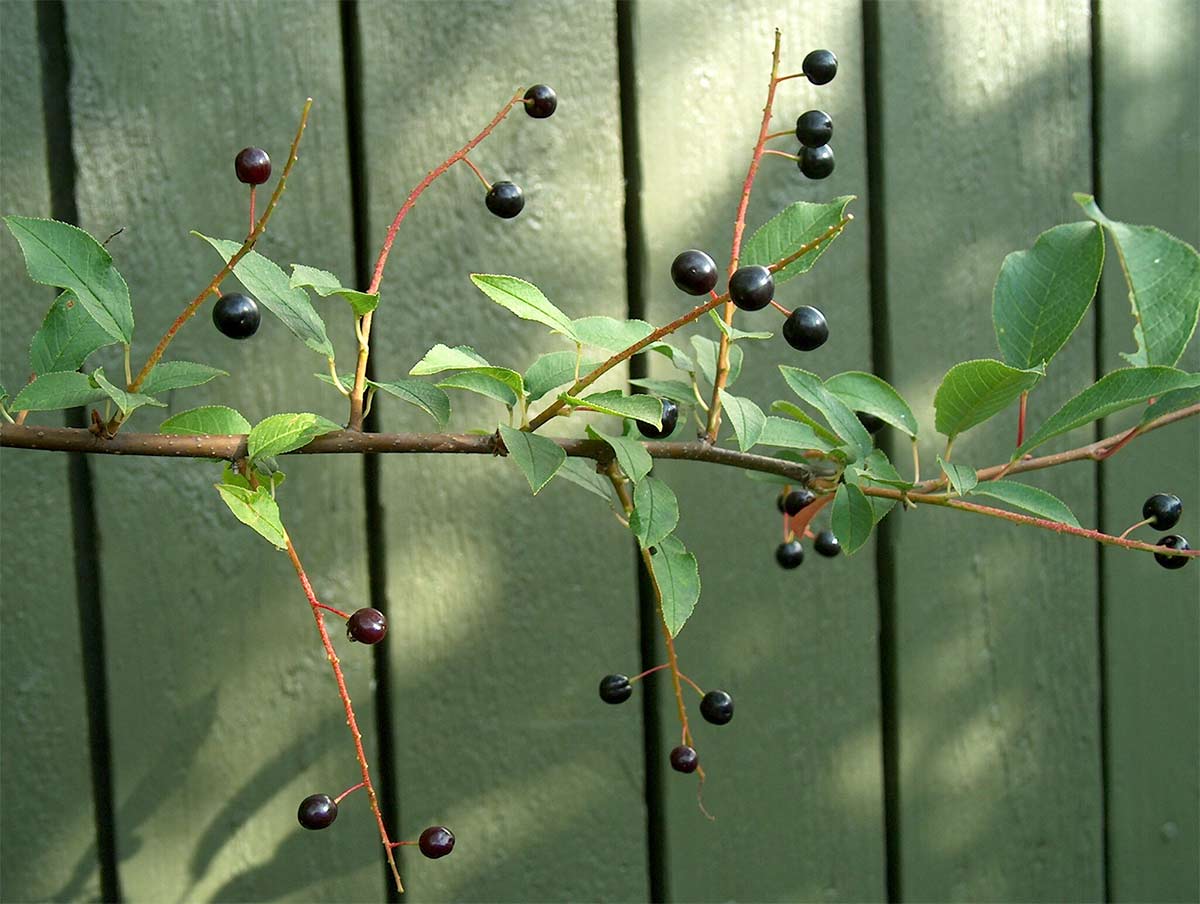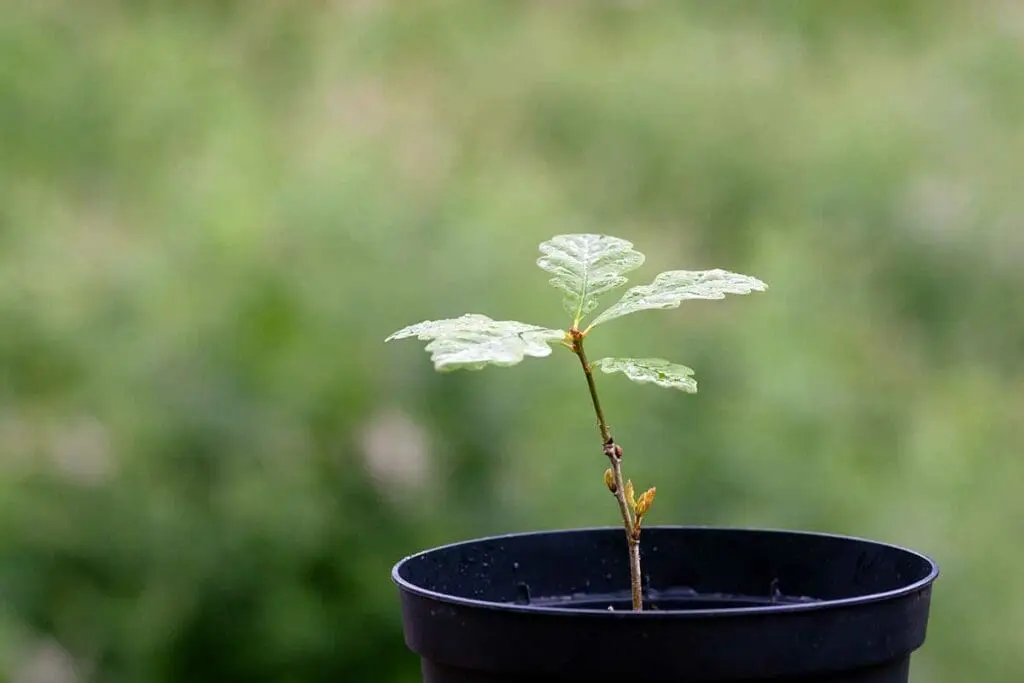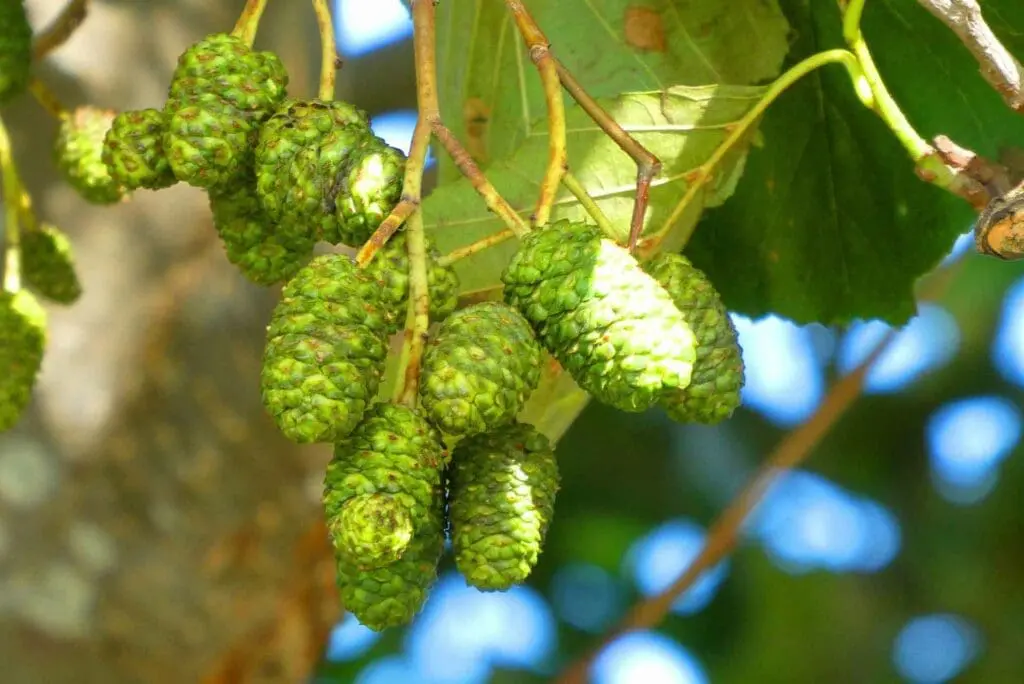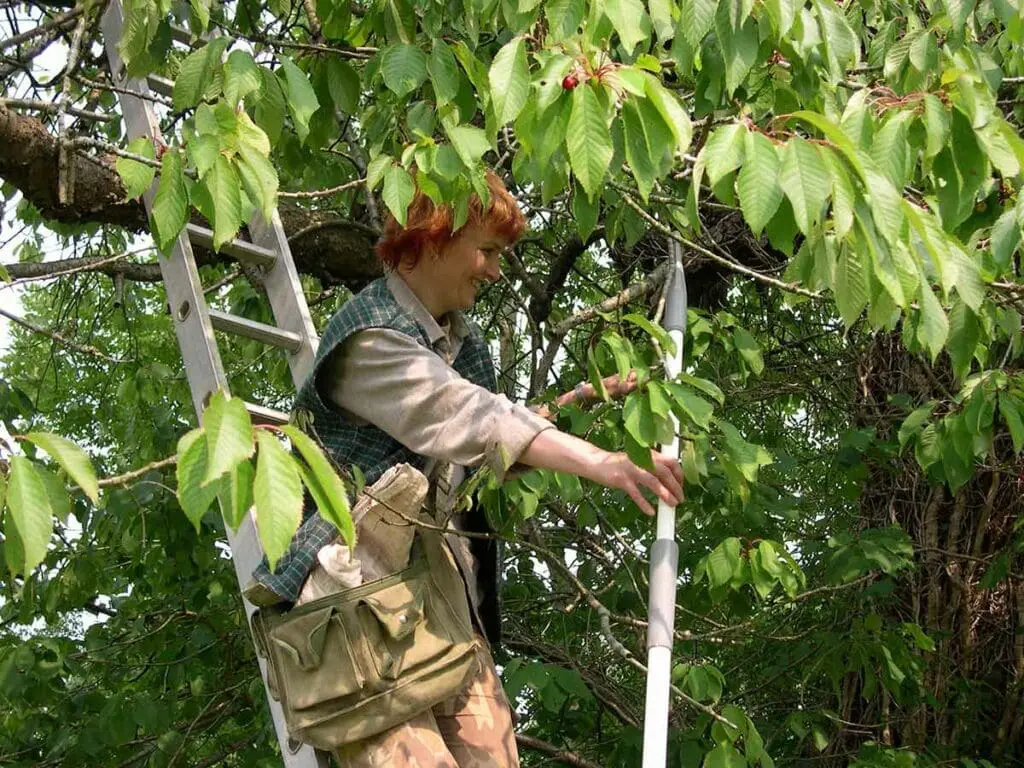- Common name: Bird Cherry
- Scientific name: Prunus padus
- Family: Rose (Rosaceae)
- How to identify Bird Cherry
Picking
The small, dark berries of the bird cherry ripen early in August. They can be picked easily from this small tree by hand.
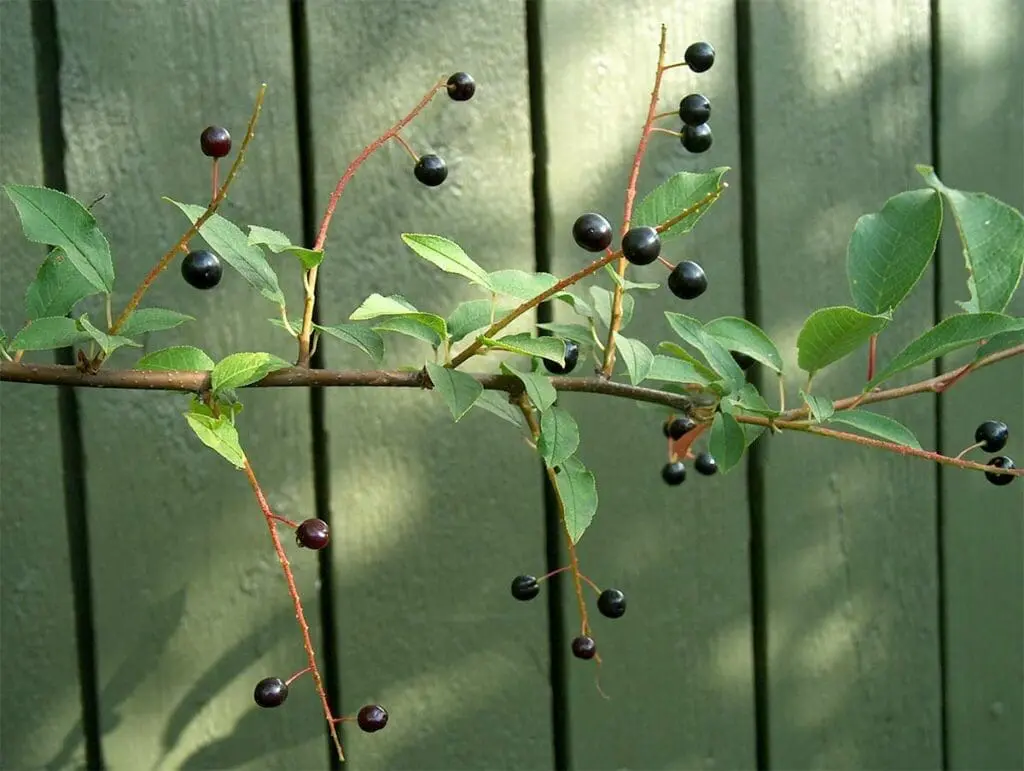
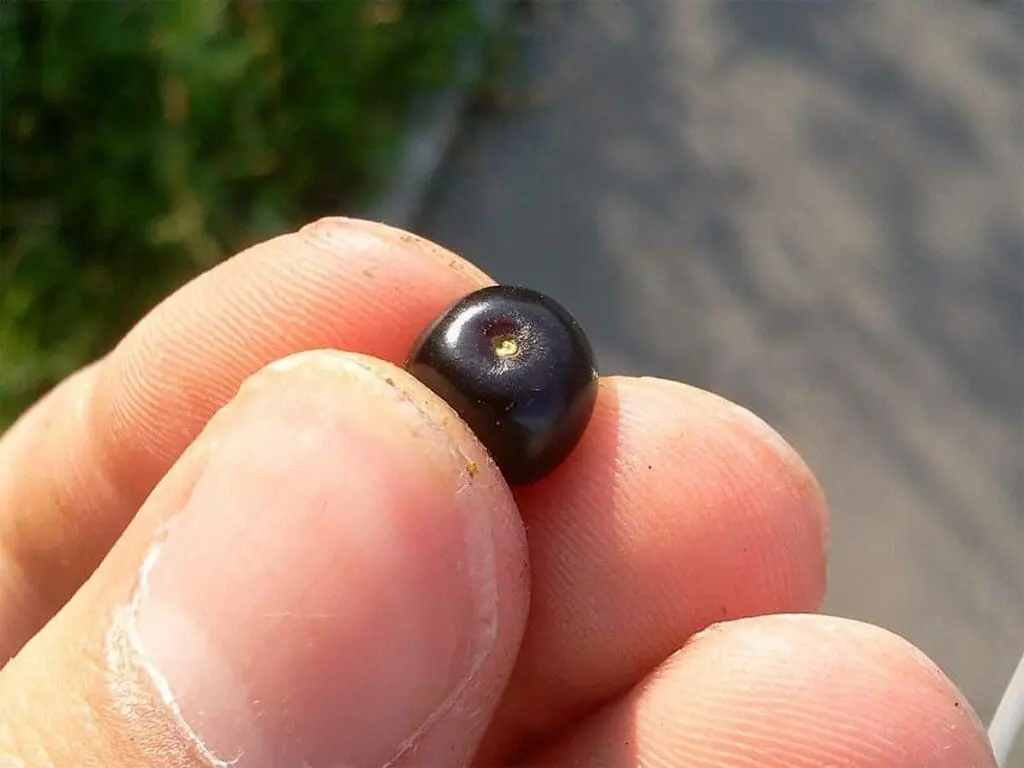
Extraction and storage
The collected berries should be extracted as soon as possible. Store them in a cool, dry place until you can extract them. Click here to see the simplest way to extract the seed from the fleshy fruit. Ideally the extracted seed should be pre-treated immediately.
Pretreatment
Mix the seeds with equal parts horticultural sand or a sand/compost mixture. Use 50% leafmould or peat-free compost and 50% horticultural sand. For each handful of seeds add two or three handfuls of mixture. Select a pot that has enough room for this seed/sand mixture (and a bit more) and put a layer of stones in the bottom. Cover these stones with sand. Place the seed/sand mixture on top of this and cover this with 2-3cm sand. Label the pot and stand in a shady spot outdoors.
Bird cherry seed should be ready to sow in the following spring. The pot needs to be watered if they show signs of drying out. Protect from birds and mice if they discover your seeds.
Sowing
Around the end of March is the typical time for bird cherry seed to germinate, but you should check them regularly from February onwards for signs of germination. As soon as about 5% of them have begun to germinate, sow them three to a pot or in seedbeds, about 2cm apart. Cover them with 5mm of horticultural sand or grit and firm.
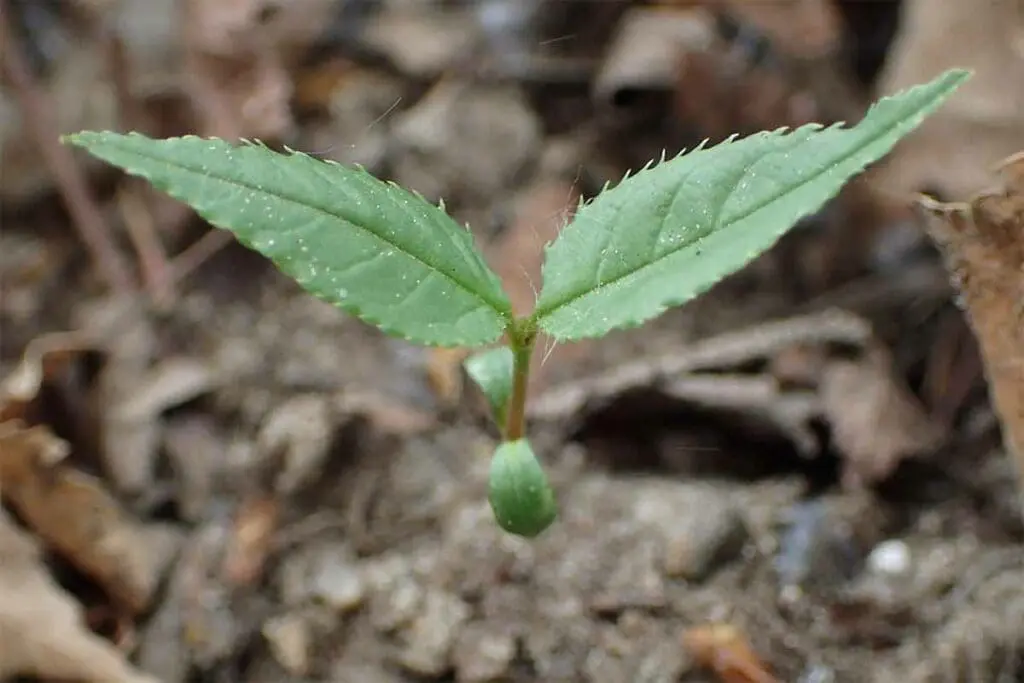
Watering
Bird cherry grows in moist soil, so it is important to provide plenty of water for the seeds and young plants. During the later part of the spring and into summer you can reduce the amount of water to the plants (unless nature has other ideas!).
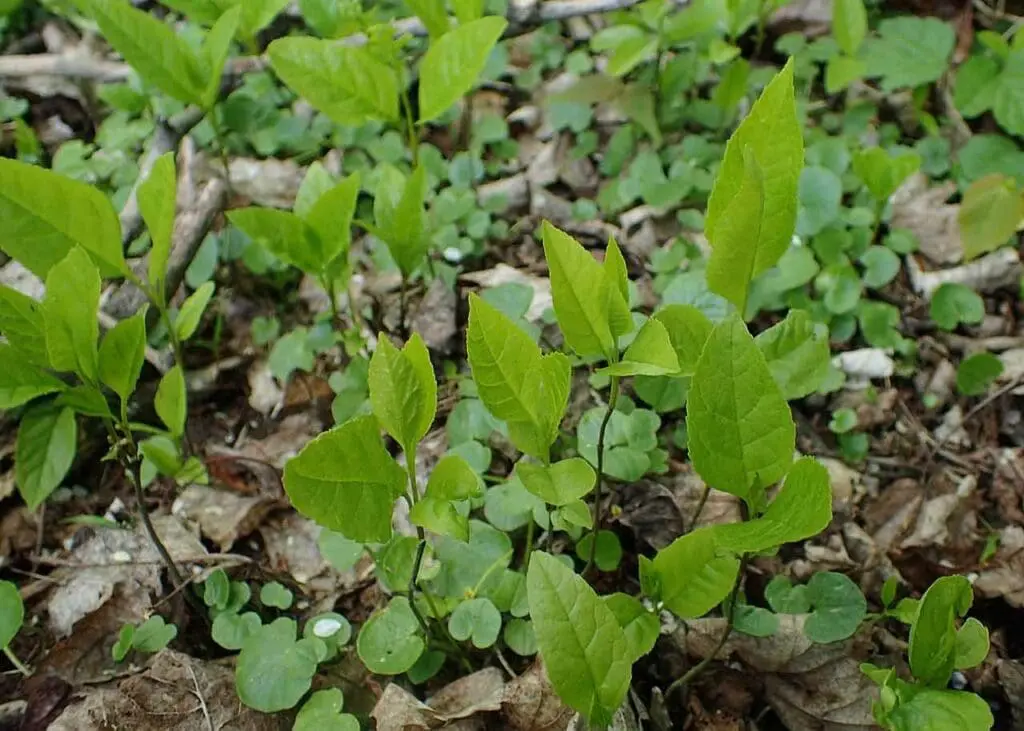
Growing
Provided they receive enough moisture and are fed regularly (you can use a liquid or granular feed every 4-6 weeks until the middle of July), bird cherry will grow quite fast. You might manage to produce a 50cm tall plant in one season.
Planting
Prepare the site well by clearing away any weeds or grass and make a hole big enough to accommodate the root ball. Place the roots carefully in the hole (removing the pot if they had one). Make sure the stem is at the same depth as it was in the pot/ground, and firm back the soil.

